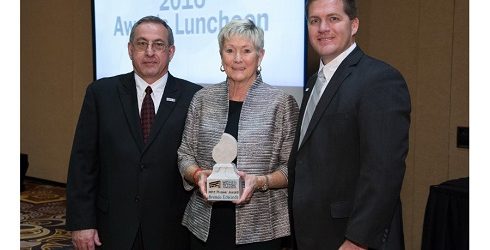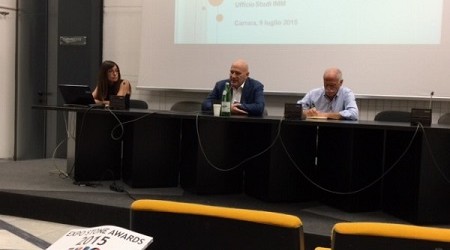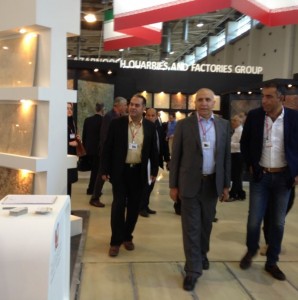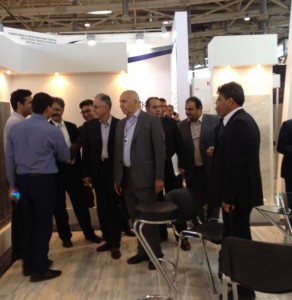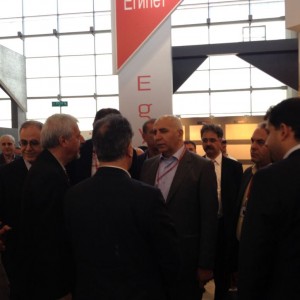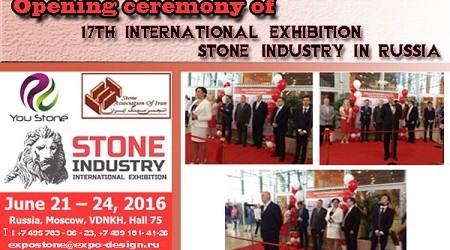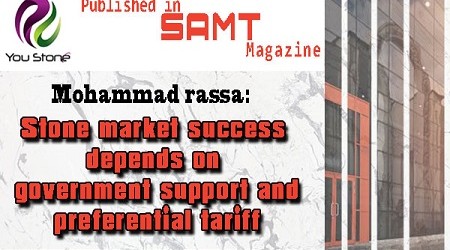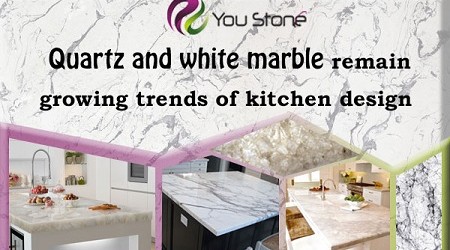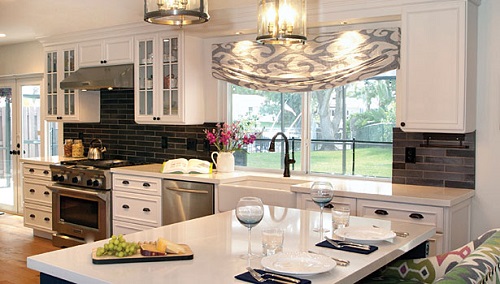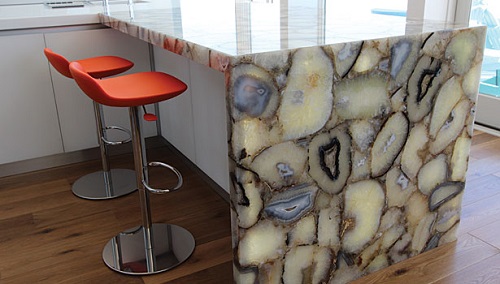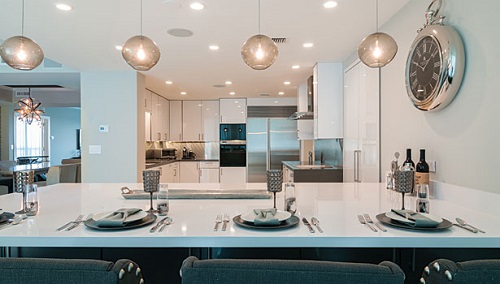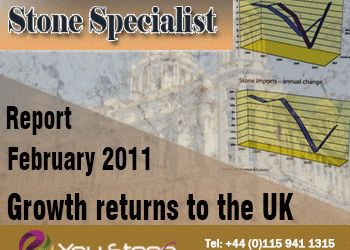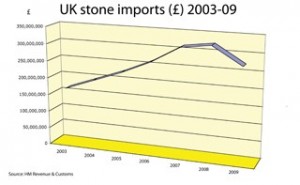Exhibitors 2016 :
Abkhazia :
NEDRARESOURS, LLC part-time participation
Armenia:
ANDSTONE,LLC F06
KARASTGH, LLC C16
ORIENT STONE, LLC D04-E03
Belarus
GONCHARIK, PE H10
SANKY F03
Czechia:
GESTRA CZ s.r.o. H07
China:
AGA MACHINERY LTD B30
BEIJING STARS STONE CO., LTD C24-D25
BEST CHEER (XIAMEN) STONE WORKS CO., LTD E14
CCPIT BUILDING MATERIALS SUB-COUNCIL part-time participation
CHANGSHA TOOLSTAR MACHINERY MANUFACTURING CO., LTD C31
EZHOU BENEFIT DIAMOND TOOLS CO., LTD B15
FUDING BASALT STONE CO., LTD D29
FUJIAN HUANGCHANG GRINDING STONE ELECTRICAL CO., LTD B28-C27
FUJIAN HERUN STONE CO., LTD B14-C13
FUJIAN JINJIANG XIANDA MACHINERY CO., LTD D23
FUJIAN QUANZHOU HUAZUAN DIAMOND TOOLS CO., LTD C35
FUJIAN TIANLI GRINDING TOOLS MANUFACTURE CO., LTD F17.1
FUZHOU FICINA INDUSTRY & TRADING CO., LTD C30-D31
HAVSUN STONE A16-B11
HUADA SUPERABRASIVE TOOL TECHNOLOGY CO., LTD C33
HUBEI EXIN DIAMOND TECHNOLOGY CO., LTD B22-C21
JIANGXI XINGUANG DIAMOND TOOLS CO., LTD C19
JIANGXI ZHONGLI SUPERHARD MATERIAL TOOLS CO., LTD C26-D27
MING DIAMOND TOOLS CO., LIMITED B24-C23
QINGDAO HAISEN STONE CO., LTD B17
QUANZHOU HANSTONE NEW MATERIAL TECHNOLOGY CO., LTD B34
QUANZHOU SANG DIAMOND TOOLS CO., LTD E16
QUANZHOU SHUANGYANG DIAMOND TOOL CO., LTD B36
QUANZHOU XTAR DIAMOND TOOLS CO., LTD./FULLUX ABRASIVES C28
QUANZHOU YNS IMP. & EXP. CO., LTD F17
QUANZHOU ZHONGZHI DIAMOND TOOL CO., LTD C18-D19
SANSO SUPERHARD TOOLS CO., LTD C22
SHANDONG GOLD RHINO HUAXING MACHINERY CO., LTD A18
SHANXI SHIXINYUAN TRADING CO., LTD C20-D21
XIAMEN EASTERN PEGASUS CO., LTD B18
XIAMEN GREAT BASE CO., LTD C29
XIAMEN GYYSTONE IMP. & EXP. CO., LTD B13
XIAMEN TENGMAI IMPORT & EXPORT CO., LTD B32
XIAMEN YANGCHENG IMP. & EXP. CO., LTD B16-C15
YANTAI DIANY SAW MFG. CO. LTD F15
ZHAOYUAN HONGWEI STONE B20
Germany:
AMT JÄGGLE GMBH B02
HUMMEL GMBH/ANTE ANLAGEN TECHNIK B02
Egypt:
ABDEEN STONE FOR MARBLE & GRANITE G26
AL ABBAS FOR MARBLE & GRANITE H24
AL GAZEERA FOR MARBLE & GRANITE G22
ALEX TILES & ALEX MARMO FOR MARBLE & QUARRIES G24-H27
ALSAFA MARBLE FOR MARBLE & GRANITE F22-G21
CRYSTAL FOR MARBLE &GRANITE H28
ECKO STONE MARBLE H30
ECO EGYPT GROUP FOR MARBLE AND GRANITE G18-H19
EGYPT MOSAIC G17-H15
EGYPT STONES FOR MARBLE & GRANITE G16-H17
KR-ONYX H29
MISR EL NOUR H25
NILE SONS EGYPT FOR MARBLE & GRANITE G20-H21
NOOR EAST CO FOR MARBLE AND GRANITE F20-G19
ROYAL CREAM MARBLE H26
SARHAN FOR MARBLE AND GRANITE F18-G17
TRUST MARMAR F24-G23
India:
FEDERATION OF INDIAN CHAMBERS OF COMMERCE & INDUSTRY (FICCI) G05
JBB ENTERPRISES INDIA E08
MULTIWYN INTERNATIONAL PVT. LTD F05
NEERAJ GRANITES F09
RESOURCES INTERNATIONAL A05
Iran:
AHJAR SEPAHAN & QASR STONE QUARRY E21
ARMAN STONE MILAD CO G27
GOLDEN WALL STONE D24
I.S.E. (INTERNATIONAL STONE EXPERT) E25
INTERNATIONAL TRADE COMPANY, OSTOVAN SEPAND, OSCO E23
IRAN STONE CONSORTIUM G25
MAHSAB STONE CO F19
MEGA STONE C39
MGT (MARJAN GOLDEN TRADING) B26-C25
SANGESTAN CO. G28-H31
SHAHAB SANG INDUSTRIAL MINING CO D26-E27
STONE ASSOCIATION OF IRAN F21
YAZDSTONECLUSTER F23
YOUSTONE F21
Italy:
BARSANTI MACCHINE by ISM E06
BM SRL F08-G07
BRETON SPA E12-F13
BRUNEXPORT SRL E17
BV SRL F08-G07
CEL COMPONENTS SRL D16
CMS SPA G12-H13
CONFINDUSTRIA MARMOMACCHINE – Assomarmomacchine D17
DAL PRETE ENGINEERING SRL E06
DAZZINI SRL F08-G07
DELLAS SPA D01
DIAMANTE A&T MAGAZINE part-time participation
DOMO GRANITI SRL D22
FRACCAROLI e BALZAN SPA F08-G07
GMM SPA – GRAVELLONA MACCHINE MARMO D01
INTERMAC – DONATONI F16-G15
LIFTSTYLE SRL E06
MARCOLINI MARMI SPA D20-E19
MARMOMACCHINE INTERNATIONAL MAGAZINE D17
MEC SRL F08-G07
MONTRESOR & C SRL F08-G07
NAMCO CO. SRL D10-E09
NICOLAI DIAMANT SRL D14-E13
PEDRINI SPA AD UNICO SOCIO E15
PELLEGRINI MECCANICA SPA E06
PRUSSIANI ENGINEERING F14-G13
SIMEC SPA D18
SUPER SELVA SRL F08-G07
Kyrgyzstan:
ТМSTONE, ОсОО B07
Russia:
AITERA COMPANY, LLC A24
ALBASTOV R.B., PE H09
ALMI, LLC G03
ALVAND, LLC A32-B21
AMBERHOUSE B05
ARCHDIALOG, AGENCY A21
ARCHITECT, NEWS AGENCY СА P01
ARCHITECTURE-MARBLE-GRANITE, LLC («AMG» LLC) G04
ARHINOVOSTI IS AN ARCHITECTURE AND DESIGN ON-LINE MAGAZINE part-time participation
ART GRАNIT, LLC C32-D33
BIRYUZA, PLC C02
BOULYKA, PE / REPRESENTATIVE OFFICE OF BALTEA DC B08-C07
BST, MAGAZINE (BULLETIN OF CONSTRUCTION MASHINERY) part-time participation
BUILDING EXPERT, PUBLISHING HOUSE part-time participation
BULLETIN OF INDUSTRY, PUBLISHING HOUSE LLC A29
CATALOGUE OF MINERALS part-time participation
CHETYRE SEDMYKH, ООО D06
CIH.ru part-time participation
CLEANING, MAGAZINE A29
COMPANY ALMIR, LLC D02-E01
DACHADECOR part-time participation
DELK, RESEARCH AND PRODUCTION CENTER G08
DIAMMARKET, LLC E05
DI-STAR CENTRE, LLC H12
DOMA STROIM, WEB PORTAL part-time participation
EKIM, LLC A14
ELIT SM LLC P06
EMBRU, LLC A30
ERMIS, LLC A17
EUROFORUM/EXHIBITION “KARELIAN STONE. ROADS OF KARELIA 2016″А25
EUROSTONE GROUP, LLC С10
EXPERIMENTALNY ZAVOD, NPO, LLC C01
EXPOCLUB.RU part-time participation
EXPOMAP.RU part-time participation
FABRIKA ISKUSSTV part-time participation
GLOBAL STONE, PRODUCTION AND TRADE GROUP OF COMPANIES A15
GMG ABRASIVI B12
GORNAYA PROMYSHLENNOST, INTERNATIONAL SCIENTIFIC AND TECHNICAL JOURNAL part-time participation
GORNY ZHURNAL (MINING MAGAZINE) part-time participation
GRANDSTYL, LLC F02
GRANITNYE VAZY A07
GREEN CITY – MEDIA-RESOURCE part-time participation
HOUSE AND INTERIOR, ARCHITECTURE AND DESIGN CENTER A29
IMPEXSTONE, LLC C11
JEWEL & TRAVEL, MAGAZINE H01
JS-JET, LLC F12-G11
KAMENNIY DVOR, LLC A11
KAMI, MACHINE TRADE ASSOCIATION B06-C05
KAM-INDUSTRY G10-H11
KAMNEREZ, LLC A34
KARELSKIYE MASTERSKIYE, LLC part-time participation
KASHUBA DESIGN, INTERNATIONAL INTERIOR AND ARCHITECTURE BUREAU P12
KITSONE C37
KNOW-HOUSE.RU part-time participation
KOELGAMRAMOR, PLC A06, C03
KOMPOZIT XXI CENTURY, COMPANY LTD H02
KORAL, LLC G02
KPD-TECHNO, LLC G12-H13
LENSTROYKOMPLEKTATSIA, JSC part-time participation
LUK-MEDIA, JSC A19
MABL, LLC C08
MANAGEMENT COMPANY “VOZROZHDENIJE TRADE HOUSE”, LLC C06-D05
MECHANIZATION OF CONSTRUCTION, JOURNAL part-time participation
MEGASTROY RESURSY, LLC B04
METALL-KAMEN-STYL, LLC D15
MINE MANAGEMENT COMPANY «VOZROZHDENIJE», LLC C06-D05
MINERAL RECOURSES OF RUSSIA. ECONOMICS AND MANAGEMENT JOURNAL part-time participation
MINERALOVODSKY STONE WORKING PLANT, OAO B09
MINERALS OF ZABAIKALIA А26
MINING INSTITUTE AS PART OF THE NATIONAL RESEARCH TECHNOLOGICAL UNIVERSITY MOSCOW INSTITUTE OF STEEL AND ALLOYS H06
MIRAL, LLC C09
MKK-HОLDING, PLC G06
NEW VILLAGE LOW CONSTRUCTION, MAGAZINE A22
NIBORIT, RESEARCH AND PRODUCTION COMPANY, LLC D13
ONEZHSKY GABBRO, LLC A13
PEIVE, LLC G01
PERM MASTEROVAYA A03PETRAKOMPLEKT, LLC H04
PETROMRAMOR, LLC B03
PHOTOCERAMICS TECHNOLOGIES CENTER D08-E07
PROEKT TSENTR (PROJECT CENTER) COMPANY P02
PROFF LINE, LLC C17
PROVIDERS OF MACHINERY & EQUIPMENT, INTERNET PROJECT P03
PSK STONESTROY, LLC part-time participation
RADI DOMA PRO part-time participation
REAL-RK, LLC F25
REMONT V MOSKVE, THE SPECIALIZED NEWSPAPERA29
RIF-MRAMOR, LLC H03
ROSTOVEMALIZDELIYA, LLC H18
SAMOYLOV IP, B38
SAUNO, LLC C14
SCALA-KARELIA, PRODUCTION COMPANY, LLC A20
SCULPTURE AND DÉCOR A01SERVICE KAMNIA, TRADE COMPANY, LLC F11
SHAKHIN, LLC A12
SOFTELECTRONICS, ООО F10-G09
SOVREMENNIY DOM MAGAZINE (MODERN HOUSE) P02
STONE AND BUSINESS, MAGAZINE D09
STONE-GROUP C04-D03
STONE-SERVICE-NEVA, LLC E02-F01
STONESTORE, LLC part-time participation
STROITELNAYA ORBITA, MAGAZINE P08
STROYKA.RU part-time participation
STROYLASER, LLC A10
STROYMATERIALY, PUBLISHING HOUSE part-time participation
STYLEFASAD, LLC F04
TAMAROV V.YE., PE A28
TECHABRAZIVY, LLC D07
TECHNO-ULMA, LLC D01
TERRITORY ENGINEERING, MAGAZINE part-time participation
TRANSMAISTER LTD B10
TRIMSTROY-MONUMENT, LLC A09
TRIO DIAMOND H05
UNION OF MOSCOW ARCHITECTS A23
UNION OF MOSCOW DESIGNERS A27
URALDOM, LLC H08
URALSKYE KAMNI, LLC C12-D11
VSYO O MIRE STROITELSTVA, MAGAZINE P04
VESTNIK: ZODCHIY. 21st CENTURY, MAGAZINE A29
VSYO DLYA KAMNYA, LLC A02-B01
VSYO DLYA STROYKI, MAGAZINE P05
VYSTAVOCHNY MOST, INFORMATION AGENCY part-time participation
WORLD STONE MARKET part-time participation
YTA LLC F16-G15
VENEZIA. STONE & CERAMICS-OPT, ООО part-time participation
San Marino:
EMMEDUE D12-E11
Ukraine:
DOBRYN, LLC A08
GEO-INVEST, LLC H14
LITVIN, CHP – KRAVCHENKO, CHP H20
STROYKAMEN, INDUSTRIAL-TRADING HOUSE A04
VD, COMPANY H16
WEBPRORAB.COM part-time participation
Tunisia:
DREAM LAND LMD B19
Venezuela:
CANTERAS Y MARMOLES DE VENEZUELA H22
GRANITOS BOLIVAR, C.A. H22
TÉCNICA MARMOLERA VENEZOLANA, C.A. (TECVEMAR, C.A.) H22
